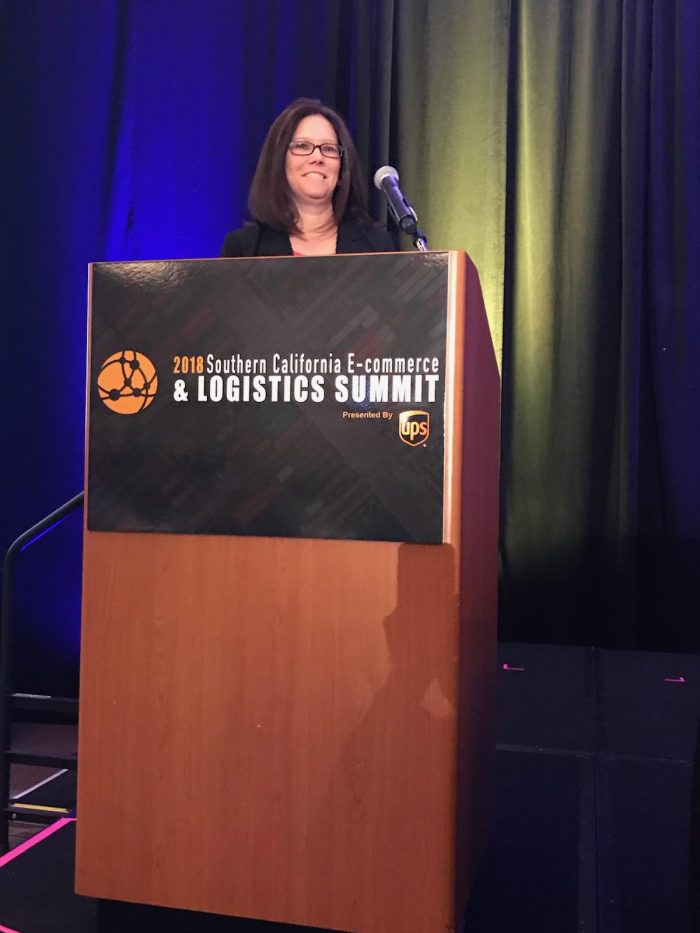At the Southern California Supply Chain and Logistics Summit conference, there were several keynote speakers from industry icons such as Amazon, UPS, Union Pacific and more. One might expect quite a lot of interesting insights into the latest supply chain trends yet the most common theme among the presentations tied back to the skills gap. It boils down to having the “right people” for success – both in terms of employees and supply chain partners.
Several of the themes emerging at the supply chain summit include:
- Automation: Friend or Foe? With the advance of automation in the supply chain, there is much worry over the impact on people yet several speakers said they HAD to automate and leverage technology just to have a hope of keeping up with the expected growth over the next several years. When adding in the retirement of baby boomers, will you have the skills to support your business growth?
- Someone has to be behind the robot – Even though some robots use artificial intelligence concepts, they aren’t programming themselves. There is someone behind the robot – programming, maintenance and more. Are you preparing for a job that can be replaced by a robot or are you programming the robot?
- Robots and people side-by-side- There are some tasks robots can automate and improve upon whereas there are others it makes sense to employ workers. Are you preparing your resources to see value in both?
- Matching skills with roles –How does your company stack up? Another topic of much discussion – mentioned by panelists and attendees alike, the vast majority of executives are falling short when it comes to gaining the skills they feel they need to run their business at the “right” margins. How clear are you on what you need to successfully run your business? Or are you living on hope it will all work out?
- The rise of flexibility – With the rise of e-commerce, we have BIG spikes. We need to be thinking about how to incorporate flexibility into our thinking.
- Would you want to be in the role? There are some jobs set up to be thankless (such as drivers in several environments). If you wouldn’t want to do the job, how can you expect to keep your workforce?
Since having the “right” talent in the “right” place at the “right” time is #1 to success, investing in talent could be your most important investment of the year. Do you spend as much time thinking about your people (whether current or new) as you do a major machine or technology purchase? You should!



